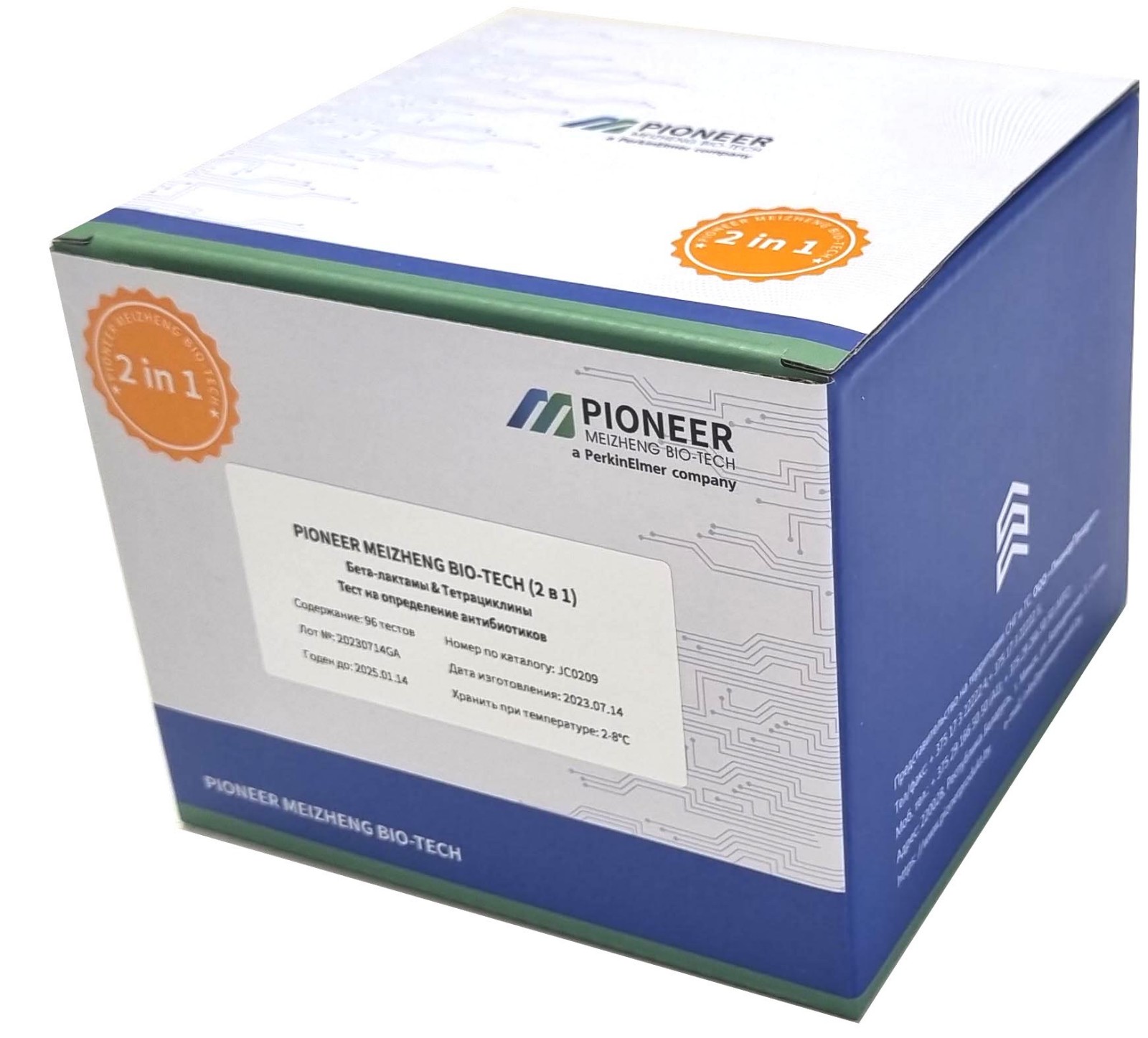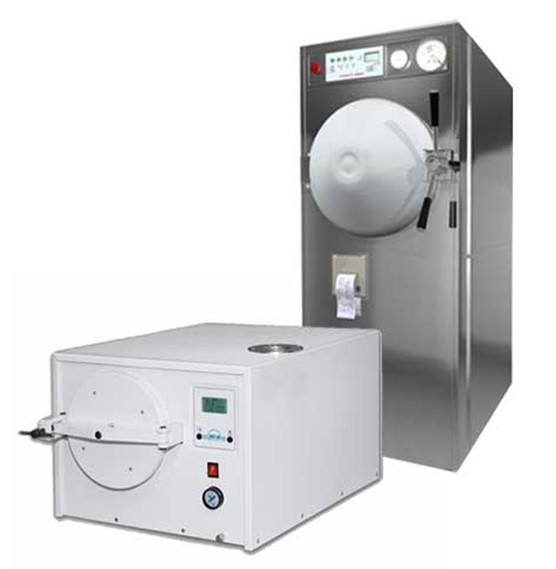Effect of pre-incubation heating on hatchability

Storing fertilized eggs is a common practice that allows the broiler industry to synchronize the hatchability of eggs from different flocks. However, storage time is inversely related to hatchability and chick survival.
Jordan Smith, a student at the University of Southern Arkansas, designed an experiment to evaluate the effect of heating before incubation and including eggs stored for 10 days. The study was presented at the International Poultry Science Forum 2023.
A total of 400 fertilized eggs were collected from the parent stock at 37 weeks of age. All eggs were divided into four treatments: PC eggs were stored for 4 days; NC eggs are stored for 10 days; T1 eggs are stored for 10 days and are turned over every 8 hours; T2 eggs were stored for 10 days, turned every 8 hours, and pre-hatched at 85°F for 5 hours on day 5 of storage.
Chicks were reared for 21 days and body weight, feed loss and feed conversion were measured at 7, 14 and 21 days. Statistical analysis was performed using the general linear model of the statistical software SPSS, version 21.
The highest hatchability was observed in the control group (97% hatchability), followed by T2 (70%); the negative control had a hatchability of 61%.
Statistical trends were observed where T2 birds tended to have higher body weight gain compared to NC birds, which had the lowest weight gain. In addition, there was a trend towards a better feed conversion rate in T2 birds, while the highest feed conversion rate was observed in the NC group (P = 0.09).
Smith noted that pre-incubation warming can have a significant impact on the hatchability and post-hatch performance of broiler chickens and can be used as a method to improve performance.
Read together with it:
- Производство яиц растёт в Липецкой областиЗа девять месяцев 2025 года в хозяйствах всех категорий региона получено 702,4 млн яиц. Это на 8 % больше, чем за аналогичный период прошлого года. Основным производителем и поставщиком пищевого куриного яйца в Липецкой области является сельхозпредприятие, две площадки которого расположены в Липецком округе и Грязинском районе. В день там получают порядка 1,6 млн штук яиц. За три квартала текущего...
- Increasing egg production of laying hens in Kabardino-Balkaria: successes and prospectsThe increase in chicken population has been a key factor in this growth. Currently, the total number of laying hens in the republic has reached 2.3 million, a 14% increase over last year. This demonstrates that local farmers are actively expanding their farms by implementing modern technologies and poultry care methods. The main reasons for increased egg production include: Improved feeding: Farme...
- Indonesia: New rules to protect farm animalsKey Provisions of the New Regulation The new draft law , currently being reviewed, sets ambitious goals. it will cover all categories of animals—from farm animals to pets, service animals, and laboratory animals. The primary focus is on implementing a certification system for farmers who are committed to more humane and sustainable farming practices. This will not only improve animal welfare but a...
- In the Perm region, prices for chicken eggs and meat have increased in a month.Chicken eggs increased in price by 6.4%, while beef and pork increased by 1.9%. Prices for cooked chicken products also increased by 1.6%, by-products by 2.2%, and condensed MILK by 2.9% . Among non-food items, the most significant price increases were for knitted children's hats (by 5.4%) and men's jumpers (by 4.1%). Educational services and student dormitory accommodation also increased signific...
- Egg prices have skyrocketed in Omsk: a dozen now cost over 80 rubles.DespiteDespite price increases , Omsk Oblast still offers lower egg prices than the rest of the Siberian Federal District and RUSSIA as a whole. In some stores, such as Magnit, Pyaterochka, and Samokat, the price of a dozen eggs ranges from 54.99 to 119.99 rubles, depending on the category and manufacturer.......
- Eggshell Color: How Chicken Breed Affects Egg QualityThis is because micronutrients are added to the feed for young hens to promote their growth. As a result, what a hen eats affects the composition of her eggs . Brown eggs are typically laid by dark-colored hens, and white eggs are laid by white hens.
- About shashlik, point of view, and dragons. An interview with Academician D.A. Baimukanov.PIONERPRODUKT.by continues its series of interviews with the eminent Kazakhstani scientist Dastanbek Asylbekovich Baimukanov , recorded by his younger brother, Syzdyk Asylbekovich Baimukanov. The first interview is titled: "A Story of Shepherds, Sheep, and Freedom . " The second interview is titled: " On Beshbarmak, Money, MEAT, Traditions, Genetics, and Selective Breeding." We remind you that num...
- New case of blowfly infestation in cattle in Mexico: details and consequencesMexico's Ministry of Agriculture has confirmed this is the second case of infection in Nuevo León in the past two weeks. Authorities emphasize that strict control measures and mandatory treatment have contained the spread of the parasite. However, the situation remains tense, as the screwworm can pose a serious threat to livestock HEALTH and, consequently, to the country's MEAT industry. The screw...
- Poland's Egg Exports: A Global Lead by 2030Forecasts and Realities KIPDiP analysts predict that the share of Polish eggs in global trade could exceed 20% by 2030. This is due to growing demand for high-quality and safe food products , as well as the expansion of production capacity in the country. Unlike the Netherlands, which relies heavily on imports for its exports, almost 1......





























































